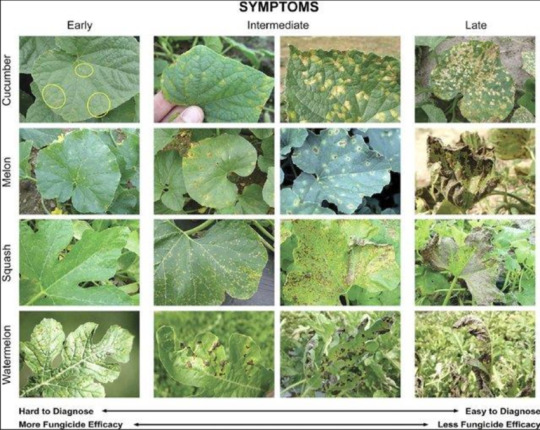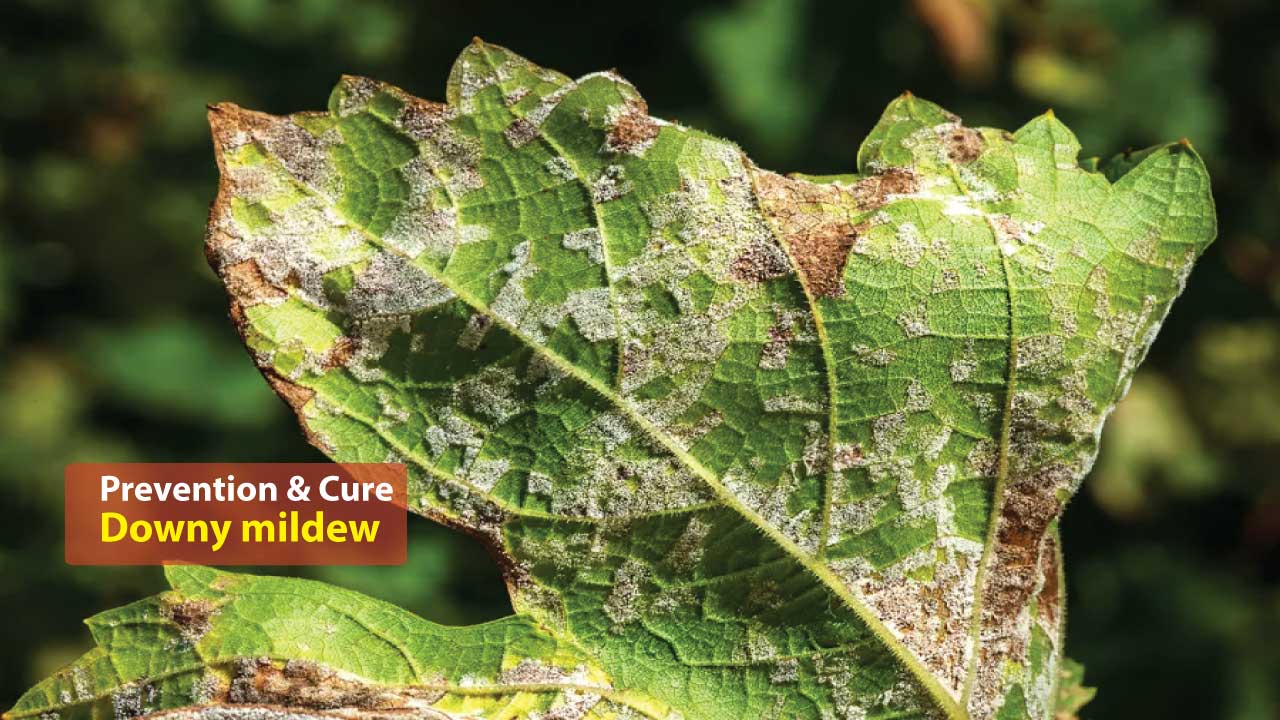Downy mildew is a widespread and potentially devastating plant disease that affects a wide range of crops and ornamental plants. This article will delve into what downy mildew is, how it spreads, the symptoms to watch for, and effective strategies for preventing and controlling this disease in your garden.
What is Downy Mildew?
It is a fungal-like organism, part of the Oomycetes class, that thrives in cool, moist conditions. Unlike true fungi, downy mildew belongs to a group of organisms called water molds. It primarily affects the leaves of plants, but in severe cases, it can spread to stems and fruits, leading to significant crop losses.
How Does Leaf Mold Spread?
Downy mildew spreads through spores that are carried by wind, water, or insects. These spores land on plant surfaces and, under favorable conditions—usually high humidity and cool temperatures—they germinate and infect the plant. The disease spreads rapidly in dense plantings where air circulation is poor, especially during wet weather or heavy dew.
Symptoms
Recognizing the symptoms of leaf mold early is crucial for managing the disease effectively. The symptoms can vary depending on the plant species, but common signs include:
- Yellow or Pale Green Spots: The first signs of downy mildew often appear as yellow or pale green spots on the upper surfaces of leaves.
- Fuzzy Growth on Undersides of Leaves: As the disease progresses, a white, gray, or purple downy growth forms on the undersides of the affected leaves, which is where the spores are produced.
- Leaf Curling and Browning: Infected leaves may curl, turn brown, and eventually die and drop off the plant.
- Stunted Growth: Severe infections can lead to stunted plant growth, reduced yields, and in extreme cases, plant death.

Plants Affected by fungal blight
Downy mildew can affect a wide variety of plants, including:
- Vegetables: Cucumbers, melons, squash, and lettuce are particularly susceptible.
- Ornamentals: Roses, impatiens, and snapdragons often suffer from downy mildew.
- Grapevines: This disease is a significant concern for grape growers, as it can severely impact grape yields and quality.
Preventing Downy Mildew
Prevention is the best strategy for managing downy mildew, as it is much easier to prevent the disease than to cure it once it has established itself. Here are some effective prevention methods:
- Choose Resistant Varieties: Planting varieties that are resistant to downy mildew is one of the most effective ways to prevent the disease. Many seed companies now offer mildew-resistant strains of vegetables and ornamental plants.
- Proper Spacing: Ensure that plants are spaced appropriately to allow for good air circulation. This reduces the humidity around the plants and makes conditions less favorable for downy mildew to develop.
- Watering Practices: Water plants at the base rather than overhead to keep the foliage dry. Early morning watering is best, as it gives the plants time to dry out before evening, reducing the risk of infection.
- Crop Rotation: In vegetable gardens, practice crop rotation to avoid planting the same crops in the same location year after year. This helps break the disease cycle and reduces the likelihood of downy mildew outbreaks.
- Remove Infected Plant Debris: At the end of the growing season, remove and destroy any plant debris that may harbor downy mildew spores. This helps prevent the disease from overwintering and reappearing in the next growing season.
Treatment
If it is detected early, it can be managed with a combination of cultural practices and fungicides. Here’s how:
- Fungicidal Sprays: Several fungicides are effective against downy mildew. Organic options include copper-based sprays and neem oil. For chemical control, products containing chlorothalonil or mancozeb are often recommended. Apply fungicides according to the manufacturer’s instructions and reapply as necessary, especially after heavy rain. Mancozeb: A widely used fungicide that is effective against the plants disease on various crops, including vegetables and ornamental plants.
- Copper-based Fungicides: These organic fungicides, such as copper oxychloride and copper hydroxide, are effective in preventing and controlling fungus.
- Chlorothalonil: A broad-spectrum fungicide that provides good control of it on many plants, including fruits, vegetables, and ornamentals.
- Fosetyl-Al (Aliette): A systemic fungicide that works well for this disease on various crops, especially in vineyards.
- Azoxystrobin: A systemic fungicide that offers protection against fungas attack on plant, particularly in cucurbits and grapes.
- Pruning: Prune infected leaves and stems to reduce the spread of the disease. Be sure to dispose of the pruned material far from the garden to prevent reinfection.
- Monitor and Act Quickly: Regularly inspect your plants for early signs of downy mildew. If you spot symptoms, take immediate action to prevent the disease from spreading.
Long-term Management Strategies
To manage downy mildew in the long term, consider integrating the following practices into your gardening routine:
- Diversify Plantings: Avoid large monocultures of susceptible plants. Mixing different species and varieties in your garden can reduce the overall impact of leaf blight.
- Maintain Healthy Soil: Healthy, well-drained soil supports robust plant growth, making plants less susceptible to diseases like downy mildew. Regularly amend your soil with organic matter and test its pH to ensure it is within the optimal range for your plants.
- Use Mulch: Mulching around the base of plants can help retain soil moisture and prevent soil-borne spores from splashing onto leaves during watering or rain.
Conclusion
Downy mildew is a challenging plant disease, but with proper knowledge and preventative measures, it can be managed effectively. By choosing resistant varieties, practicing good garden hygiene, and being vigilant in monitoring your plants, you can keep downy mildew at bay and ensure a healthy, thriving garden.
Remember, early detection and swift action are key to controlling downy mildew. Stay proactive, and your plants will reward you with lush growth and bountiful harvests, free from the damaging effects of this persistent disease.
